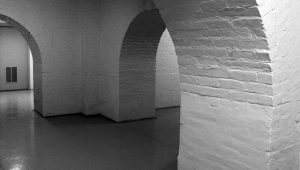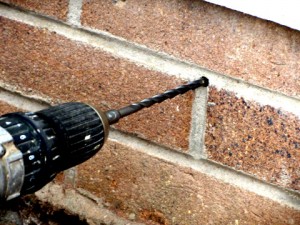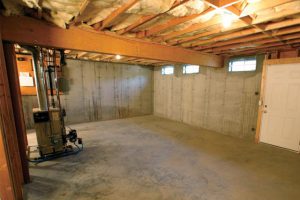It is important to be aware that there are different types of dampness with each having a different solution. The types of dampness that you might find are:
Rising Damp
It can be the cause of moisture rising up through masonry. The effects of long-term rising dampness on your home can take the form of low-level spoils and stains of paintwork and wallpapers. Plaster damage and salt contamination, as well as the decay of timber skirtings, and joinery. Rising damp is the result of captive moisture and will therefore never be “free surface moisture” on a wall.
Remedial treatment of rising damp would normally involve the introduction of a chemical injection damp-proof course. Using liquid silicone-based materials or injectable mortar-based grouts. The new plasterwork has an important function to perform and must be able to prevent salts from being passed to the surface from the underlying masonry substrate.
Lateral penetrating dampness
Lateral penetrating dampness normally occurs on external walls and as consequence dampness penetrates the fabric of the walls. Other causes of lateral dampness can be due to raised gardens and soil levels, flower beds, abutting garden walls, paths, and pavements. Methods of controlling penetrating dampness below ground level would depend mainly on the proposed use and the level of dryness required. Vertical waterproofing or tanking can take different forms and when applied correctly can provide drywalls & floors by either using cementitious slurries, waterproof render systems, or cavity drainage membranes.
Vertical penetrating dampness
It’s a cause of building defects and poor building maintenance. Roof defects, leaking, blocked guttering and downpipes, are the most common causes of dampness. It’s also proven to be responsible for a high percentage of dry rot attacks. Cracked rendering, defective pointing, external coatings, and blocked cavities are also responsible for moisture ingress.


